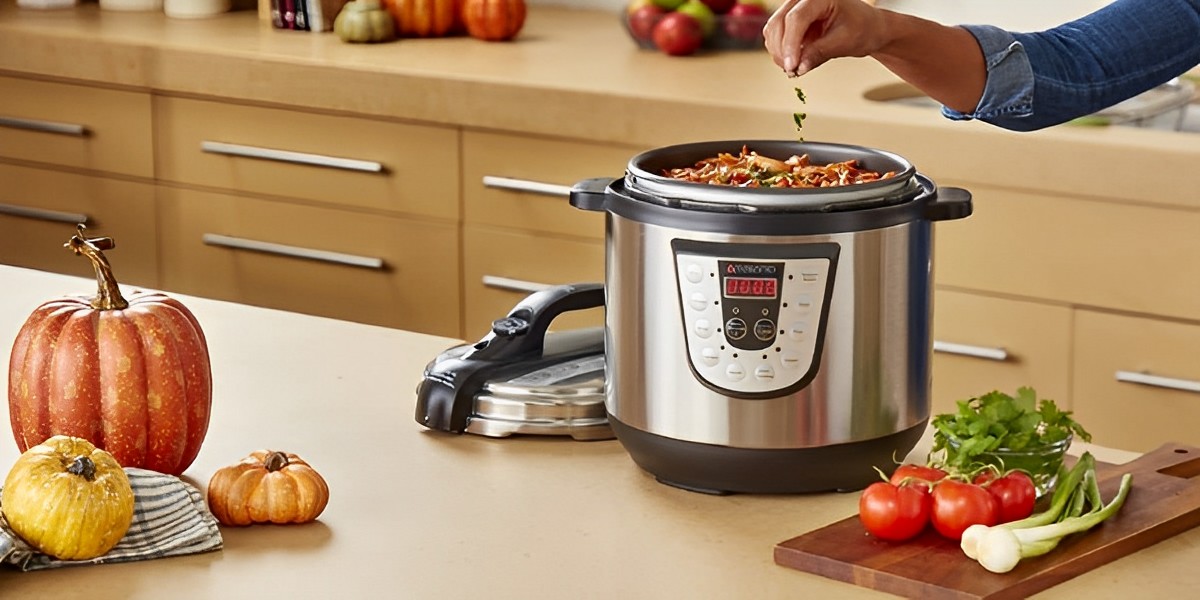

Articles
What If Electric Pressure Cooker Is Too Full
Modified: February 28, 2024
Learn what happens when you overfill an electric pressure cooker in this informative article. Discover the risks and how to avoid them to ensure safe and efficient cooking.
(Many of the links in this article redirect to a specific reviewed product. Your purchase of these products through affiliate links helps to generate commission for Storables.com, at no extra cost. Learn more)
Introduction
Electric pressure cookers have revolutionized the way we cook meals, allowing for quick and convenient preparation of delicious dishes. With their ability to cook food under high pressure, these appliances have gained popularity for their efficiency and time-saving capabilities. However, it’s important to use electric pressure cookers safely and follow the manufacturer’s instructions to prevent any potential risks or accidents.
In this article, we will delve into a specific concern with electric pressure cookers – what happens if they are overfilled. Overfilling an electric pressure cooker can have adverse effects on the cooking process, food safety, and even the longevity of the appliance itself. Understanding these risks and taking precautions can help you avoid potential problems and ensure a safe and enjoyable cooking experience.
Key Takeaways:
- Overfilling an electric pressure cooker can lead to shortened cooking time, uneven cooking, pressure release issues, food safety concerns, and potential damage to the appliance. Following manufacturer’s instructions and recipe guidelines is crucial to prevent these risks.
- To prevent overfilling, always adhere to the maximum fill line, leave room for expansion, and consider batch cooking. Prioritize safety, measure liquids accurately, and avoid overcrowding to ensure a safe and enjoyable cooking experience with your electric pressure cooker.
Potential Risks of Overfilling Electric Pressure Cooker
While it may be tempting to fill your electric pressure cooker to the brim to maximize its capacity, doing so can pose several risks. It’s important to remember that electric pressure cookers rely on steam pressure to cook food quickly and efficiently. When the cooker is overfilled, it can disrupt the cooking process and compromise both the quality of the food and the safety of the appliance.
One of the main risks of overfilling an electric pressure cooker is the potential for shortened cooking time. When the cooker is too full, there is less space available for steam to build pressure. This means that the food will take longer to cook, as it will take more time for the cooker to reach the desired pressure. This can result in undercooked food, which not only affects the taste and texture but can also pose food safety concerns.
In addition to prolonged cooking time, overfilling the electric pressure cooker can also lead to uneven cooking. When the cooker is too full, the food may not be evenly distributed or submerged in the liquid, resulting in some portions being overcooked while others remain undercooked. This can greatly impact the quality and taste of the final dish.
Another potential risk of overfilling the electric pressure cooker is an increased chance of pressure release issues. When the cooker is overly filled, there is a higher likelihood of clogging the pressure release valve, leading to pressure build-up inside the appliance. This can create a dangerous situation if the pressure is not released properly, as it may cause the cooker to malfunction or even explode. This can result in injury or damage to your kitchen.
Furthermore, overfilling the electric pressure cooker can lead to food safety concerns. When the cooker is too full, there is a higher chance of food splattering or overflowing during the cooking process. This can result in cross-contamination or the spread of bacteria from uncooked or undercooked food. It’s important to follow proper food safety practices and not exceed the recommended fill line of your electric pressure cooker to prevent these risks.
Lastly, overfilling an electric pressure cooker can potentially cause damage to the appliance itself. When the cooker is filled beyond its intended capacity, it can put excessive strain on the inner components and seals, leading to leaks, malfunctions, or even irreversible damage. Investing in a high-quality electric pressure cooker and using it responsibly can help prolong its lifespan and avoid costly repairs or replacements.
Now that we have explored the potential risks of overfilling an electric pressure cooker, it’s important to take precautions and follow some tips to prevent such issues. By doing so, you can ensure a safe and successful cooking experience, yielding delicious results without compromising food safety or the integrity of your pressure cooker.
Shortened Cooking Time
Overfilling an electric pressure cooker can result in a shortened cooking time. When the cooker is filled beyond its recommended capacity, there is less space available for steam to build pressure. As a result, it takes longer for the cooker to reach the desired pressure, which can significantly delay the cooking process.
When the cooking time is extended, it can negatively impact the texture and flavor of the food. For example, meats that are supposed to be tender and juicy may become tough and dry if cooked for too long. Vegetables can turn mushy and lose their vibrant color. Overfilling the cooker not only affects the quality of the food, but it also defeats the purpose of using an electric pressure cooker for its time-saving benefits.
To avoid shortened cooking time due to overfilling, it’s essential to follow the recommended guidelines specified by the manufacturer. Each electric pressure cooker has a maximum fill line that should not be exceeded. This fill line indicates the safe and optimal level to prevent any issues during the cooking process. By adhering to these guidelines, you can ensure that your food is cooked within the expected time frame and maintain its desired quality.
In addition to following the recommended fill line, it’s also important to consider the specific recipe you are using. Some recipes may require extra space in the cooker for ingredients to expand, froth, or foam during the cooking process. In these cases, it’s advisable to reduce the fill level accordingly to avoid any potential overflow or pressure release issues.
By monitoring the fill level of your electric pressure cooker and adjusting it accordingly, you can ensure that your food is cooked thoroughly and within the expected timeframe. This will help you achieve consistently delicious results without compromising the quality or taste of your dishes. Remember, it’s better to err on the side of caution and slightly underfill the cooker than to risk overfilling and experiencing the negative effects on cooking time and overall food quality.
Now that we have discussed the impact of overfilling on shortened cooking time, let’s explore another risk associated with overfilling an electric pressure cooker – uneven cooking.
Uneven Cooking
One of the risks of overfilling an electric pressure cooker is the potential for uneven cooking. When the cooker is filled beyond its recommended capacity, it can lead to uneven distribution of heat and pressure, resulting in inconsistent cooking throughout the dish.
Uneven cooking can have a significant impact on the taste, texture, and overall quality of the food. For example, if the ingredients in the cooker are not evenly submerged in the cooking liquid, some parts of the dish may end up overcooked or undercooked. This can result in a mixture of overcooked and mushy sections alongside areas that are still raw or undercooked.
This issue is particularly common when cooking large cuts of meat or items that require a specific level of tenderness. Overfilling the cooker can make it challenging for the steam to penetrate the food evenly, leading to uneven cooking. As a result, you may end up with portions of the meat that are tough and dry while other parts remain undercooked and chewy.
To ensure even cooking, it is crucial to leave enough space in the electric pressure cooker for the ingredients to expand and allow the steam to circulate freely. This will promote consistent heat distribution and help prevent any hotspots or areas of uneven pressure within the cooker.
Additionally, when preparing dishes with multiple ingredients, it’s important to layer them strategically to ensure even cooking. Place ingredients that require longer cooking times at the bottom, closer to the heat source, and arrange the more delicate or quick-cooking ingredients on top. This way, all the components will receive the appropriate level of heat and pressure, resulting in a more evenly cooked dish.
By avoiding overfilling and ensuring even distribution of ingredients within the cooker, you can minimize the risk of uneven cooking. This will help you achieve consistently delicious and properly cooked meals that are a delight to the palate.
Next, let’s discuss another potential risk of overfilling an electric pressure cooker – the increased risk of pressure release issues.
Increased Risk of Pressure Release Issues
Overfilling an electric pressure cooker can significantly increase the risk of pressure release issues. When the cooker is beyond its recommended capacity, there is a higher chance of encountering problems with releasing the built-up pressure safely and effectively.
One of the primary concerns with overfilled pressure cookers is the potential for clogging the pressure release valve. The pressure release valve is a crucial safety feature that allows excess pressure to escape from the cooker. If this valve becomes blocked or obstructed due to overfilling, the pressure inside the cooker cannot be released properly. This can lead to excessive pressure build-up and create a potentially dangerous situation.
If the pressure release valve is unable to function correctly due to being clogged, there is a risk of the pressure cooker malfunctioning. The excess pressure can cause the cooker to leak or even explode, posing a severe safety hazard to anyone nearby. This can result in burns, scalds, or other injuries caused by the release of hot steam and food particles from the cooker.
To prevent pressure release issues, it is crucial to always adhere to the recommended fill line indicated by the manufacturer. This fill line ensures that there is adequate space for steam and pressure to be safely released when necessary. By following this guideline, you can minimize the chance of clogging the pressure release valve and reduce the risk of accidents or malfunctions.
In addition to avoiding overfilling, it’s vital to maintain the pressure release valve and other safety components of your electric pressure cooker. Regularly inspect the valve for any signs of blockage or damage and clean it thoroughly to ensure proper functioning. If you notice any issues with the pressure release mechanism or suspect a problem, it’s important to seek professional assistance and refrain from using the cooker until it has been inspected and repaired.
By understanding the risks associated with overfilling an electric pressure cooker and taking the necessary precautions, you can ensure the safe operation of your appliance and minimize the potential for pressure release issues. This will help you enjoy the convenience and efficiency of pressure cooking without compromising your safety.
Next, let’s discuss another important concern related to overfilling an electric pressure cooker – food safety.
When using an electric pressure cooker, never fill it more than two-thirds full to allow for proper pressure build-up and avoid clogging the steam release valve. Overfilling can lead to dangerous pressure build-up and potential accidents.
Food Safety Concerns
Overfilling an electric pressure cooker can compromise food safety, posing risks to your health and wellbeing. When the cooker is filled beyond its recommended capacity, several food safety concerns may arise, including cross-contamination and the spread of bacteria.
One of the main issues with overfilling is the potential for food splattering or overflowing during the cooking process. When the cooker is too full, there is a higher chance of liquids and foods splashing out of the cooker, especially when the pressure is released. This can lead to cross-contamination, where juices from raw or undercooked foods come into contact with cooked or ready-to-eat foods.
Cross-contamination poses a significant risk of spreading harmful bacteria, such as salmonella or E. coli. These bacteria can cause foodborne illnesses and lead to symptoms like nausea, vomiting, diarrhea, and even more severe complications in vulnerable individuals, such as the elderly, children, or those with weakened immune systems.
Moreover, overfilling the electric pressure cooker can make it challenging to properly monitor the internal temperature of the food. This is particularly crucial when cooking meats, poultry, or seafood, as they need to reach a specific internal temperature to ensure they are safe for consumption. When the cooker is overcrowded, it can be more difficult to ensure that all parts of the food have reached the necessary temperature, increasing the risk of undercooked or improperly cooked food.
To mitigate food safety concerns related to overfilling, it is essential to follow some key guidelines. First, never exceed the recommended fill line indicated by the manufacturer. This ensures that there is enough space for the food to expand and minimizes the risk of splattering or overflowing.
Additionally, always use a food thermometer to check the internal temperature of the food, especially when cooking meats, poultry, and seafood. This will help ensure that the food has reached the proper temperature to kill any bacteria and ensure its safety for consumption.
Lastly, practice good food hygiene by thoroughly cleaning the electric pressure cooker before and after each use. This includes properly washing all utensils and surfaces that come into contact with raw ingredients, as well as ensuring that the cooker is cleaned and sanitized effectively. Keeping a clean cooking environment helps minimize the risk of cross-contamination and the spread of harmful bacteria.
By following these food safety guidelines and avoiding overfilling the electric pressure cooker, you can reduce the risk of foodborne illnesses and ensure that the meals you prepare are safe and enjoyable for you and your loved ones.
Next, let’s explore another concern associated with overfilling an electric pressure cooker – the potential damage to the pressure cooker itself.
Potential Damage to the Pressure Cooker
Overfilling an electric pressure cooker can potentially cause damage to the appliance itself. When the cooker is filled beyond its recommended capacity, it can put excessive strain on the inner components and seals, leading to various issues that can affect its performance and longevity.
One of the primary concerns with overfilling is the increased pressure exerted on the seals and gaskets of the pressure cooker. These seals are responsible for creating an airtight environment necessary for building pressure and cooking food efficiently. When the cooker is overfilled, the excess pressure can cause the seals to deform or become less effective, resulting in leaks or compromised sealing. This can affect the overall performance of the cooker and may result in less efficient cooking or potential safety hazards.
Furthermore, overfilling the cooker can put a strain on the pressure release valves and mechanisms. When the cooker is filled beyond its recommended capacity, the pressure inside the appliance can rise to higher levels, increasing the workload on the release valves. This can lead to premature wear and tear, making them less effective in safely releasing pressure when needed. A faulty or damaged pressure release mechanism can pose safety risks and compromise the functionality of the appliance.
Additionally, overfilling can cause the food or liquid to come into direct contact with the heating elements of the cooker. This can lead to food particles or liquids getting stuck or burnt onto the heating element, affecting its performance and potentially causing damage. The heating element is a vital part of the electric pressure cooker, responsible for generating heat for the cooking process. When it becomes damaged or contaminated due to overfilling, it may need to be replaced, resulting in additional costs and inconvenience.
To prevent potential damage to the pressure cooker, it is crucial to adhere to the recommended fill line provided by the manufacturer. This ensures that the cooker operates within its designed capacities and minimizes the risk of straining the seals, gaskets, and other components. Following the instructions regarding the maximum fill level can help maintain the longevity and performance of your pressure cooker.
Regular maintenance and cleaning are also important for preserving the integrity of the pressure cooker. This includes cleaning the cooker after each use, inspecting the seals, valves, and other components for any signs of damage or wear, and taking necessary actions to ensure proper functioning. By keeping your pressure cooker in good condition and using it responsibly, you can minimize the risk of potential damage and enjoy its benefits for years to come.
Now that we have explored the potential damage that can occur from overfilling an electric pressure cooker, let’s move on to some tips to prevent overfilling in the first place.
Tips to Prevent Overfilling
Preventing overfilling in an electric pressure cooker is essential for safe and efficient cooking. By following these tips, you can ensure that you do not exceed the recommended capacity of your pressure cooker and avoid the risks associated with overfilling:
- Read the manufacturer’s instructions: Familiarize yourself with the specific guidelines provided by the manufacturer for your electric pressure cooker. These instructions typically include information on the maximum fill line and other important details to ensure safe and proper usage.
- Pay attention to recipes: When using recipes, take note of any specific instructions regarding fill levels or ingredient quantities. Some recipes might require extra space for ingredients to expand or froth, so adjust the fill level accordingly to prevent overfilling.
- Use the maximum fill line as a guide: Most electric pressure cookers have a clearly marked maximum fill line inside the cooking pot. Make sure to adhere to this line and avoid exceeding it, even if it seems like there’s a little extra space available.
- Leave room for expansion: Leave enough space in the cooker for ingredients to expand during cooking. As liquid ingredients heat up, they can produce steam and increase in volume, potentially causing the cooker to overflow if there isn’t enough space available.
- Consider batch cooking: If you have a large quantity of food to cook, consider dividing it into multiple batches instead of trying to fit it all into a single cooker. This allows for better heat distribution and reduces the risk of overfilling.
- Avoid overcrowding: Do not overcrowd the pressure cooker with too many ingredients. Overcrowding can lead to uneven cooking and compromise the quality of the final dish. It’s better to cook in smaller batches and ensure optimal results.
- Measure liquids accurately: When adding liquids to the pressure cooker, make sure to measure them accurately. Adding too much liquid can contribute to overfilling, so follow the recipe instructions or use measuring cups to ensure the correct amount is added.
- Think safety first: Always prioritize safety when using your electric pressure cooker. Never compromise on the recommended fill level to avoid potential accidents, pressure release issues, or damage to the appliance.
By following these tips, you can ensure that you use your electric pressure cooker responsibly and prevent the risk of overfilling. Remember, safety should always be the top priority when using any kitchen appliance.
Now that we have covered the tips to prevent overfilling, let’s conclude the article.
Conclusion
Using an electric pressure cooker can revolutionize your cooking experience, providing convenience, speed, and delicious results. However, it’s crucial to ensure safe usage and avoid overfilling the cooker, as it can lead to various risks and issues.
In this article, we explored the potential risks of overfilling an electric pressure cooker, including shortened cooking time, uneven cooking, increased risk of pressure release issues, food safety concerns, and potential damage to the appliance itself. We discussed the importance of following the manufacturer’s instructions, paying attention to recipes, using the maximum fill line as a guide, leaving room for expansion, and avoiding overcrowding.
By following these tips and guidelines, you can prevent overfilling and enjoy the benefits of your electric pressure cooker without compromising safety or the quality of your meals. Remember, safety should always be your top priority when using any kitchen appliance, and proper usage will result in delicious, well-cooked meals that you can enjoy with peace of mind.
So next time you’re using your electric pressure cooker, make sure to measure ingredients accurately, leave enough space for expansion, and prioritize safety above all. By doing so, you can harness the full potential of your pressure cooker and prepare amazing meals while minimizing the risks associated with overfilling.
Happy cooking!
Frequently Asked Questions about What If Electric Pressure Cooker Is Too Full
Was this page helpful?
At Storables.com, we guarantee accurate and reliable information. Our content, validated by Expert Board Contributors, is crafted following stringent Editorial Policies. We're committed to providing you with well-researched, expert-backed insights for all your informational needs.
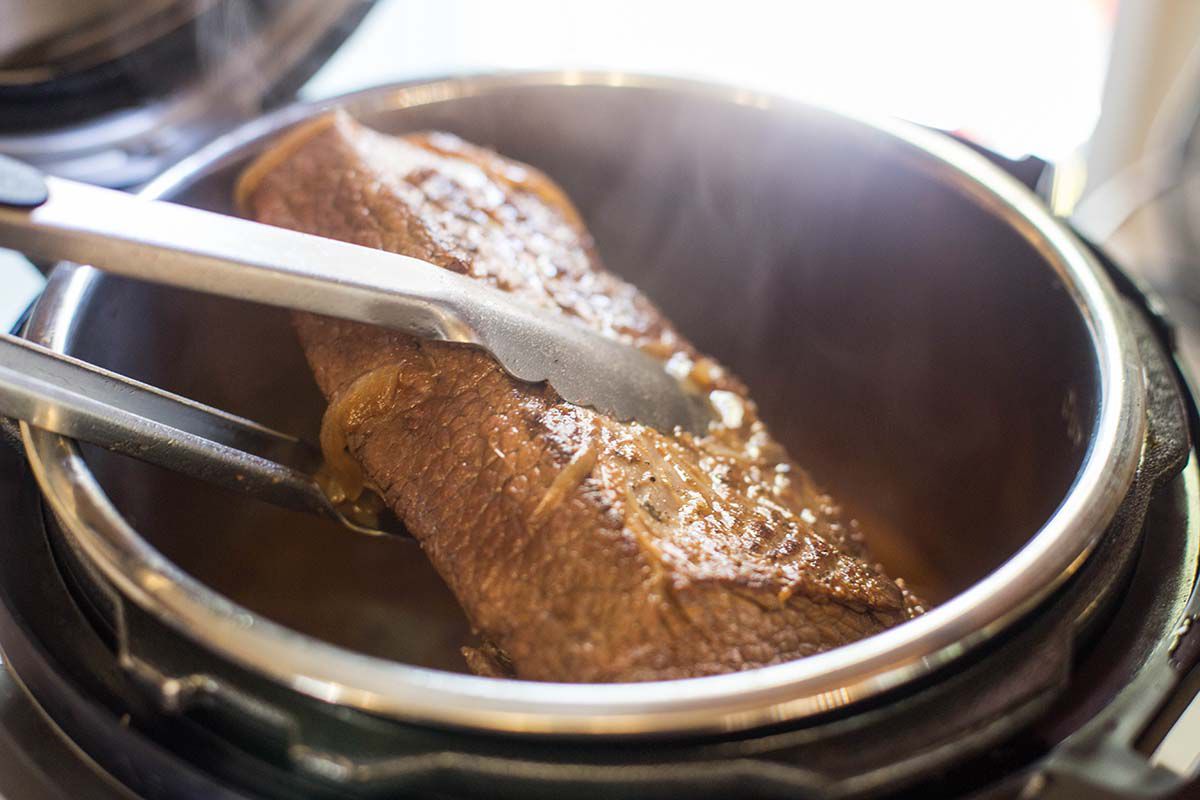
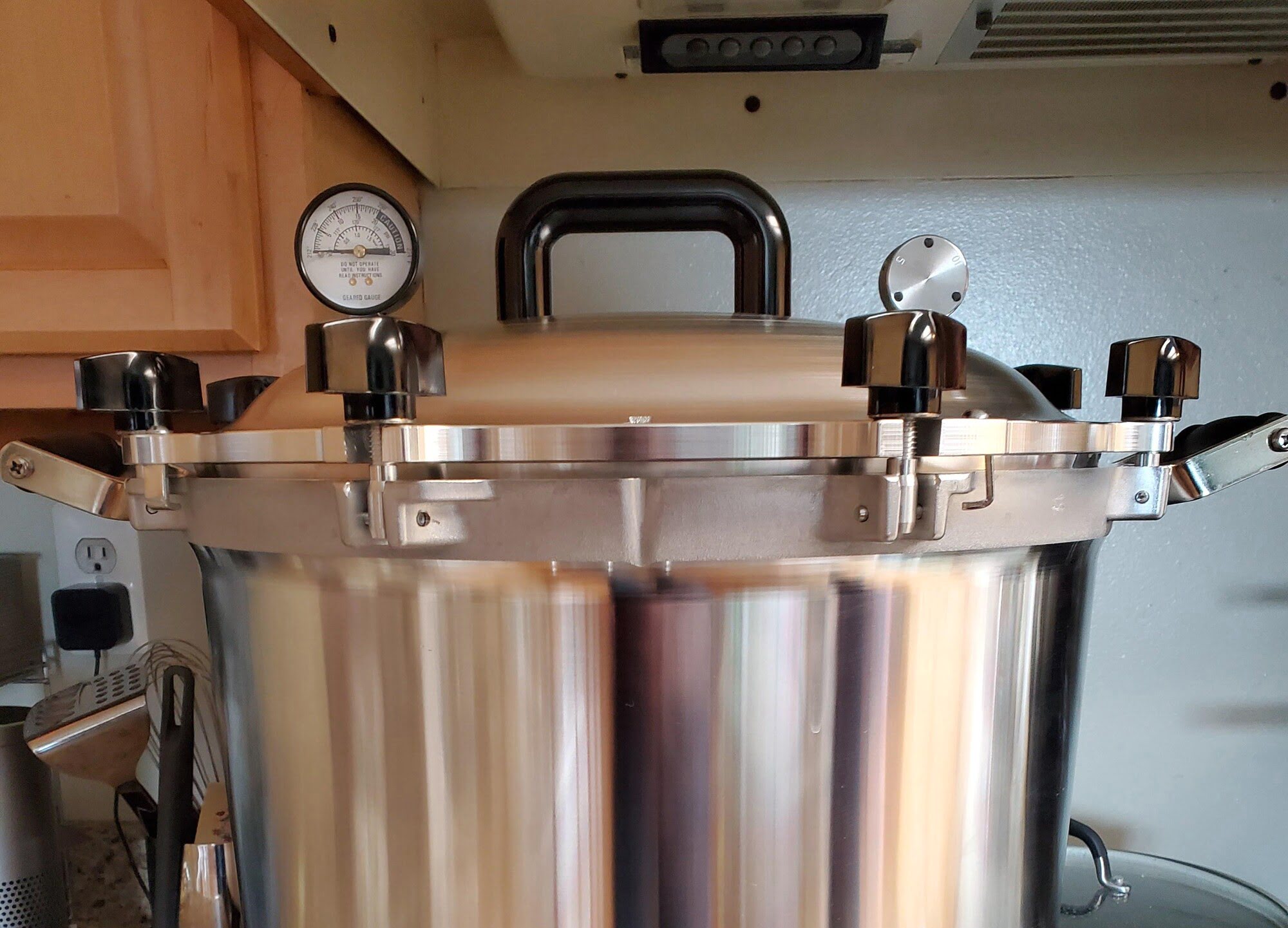
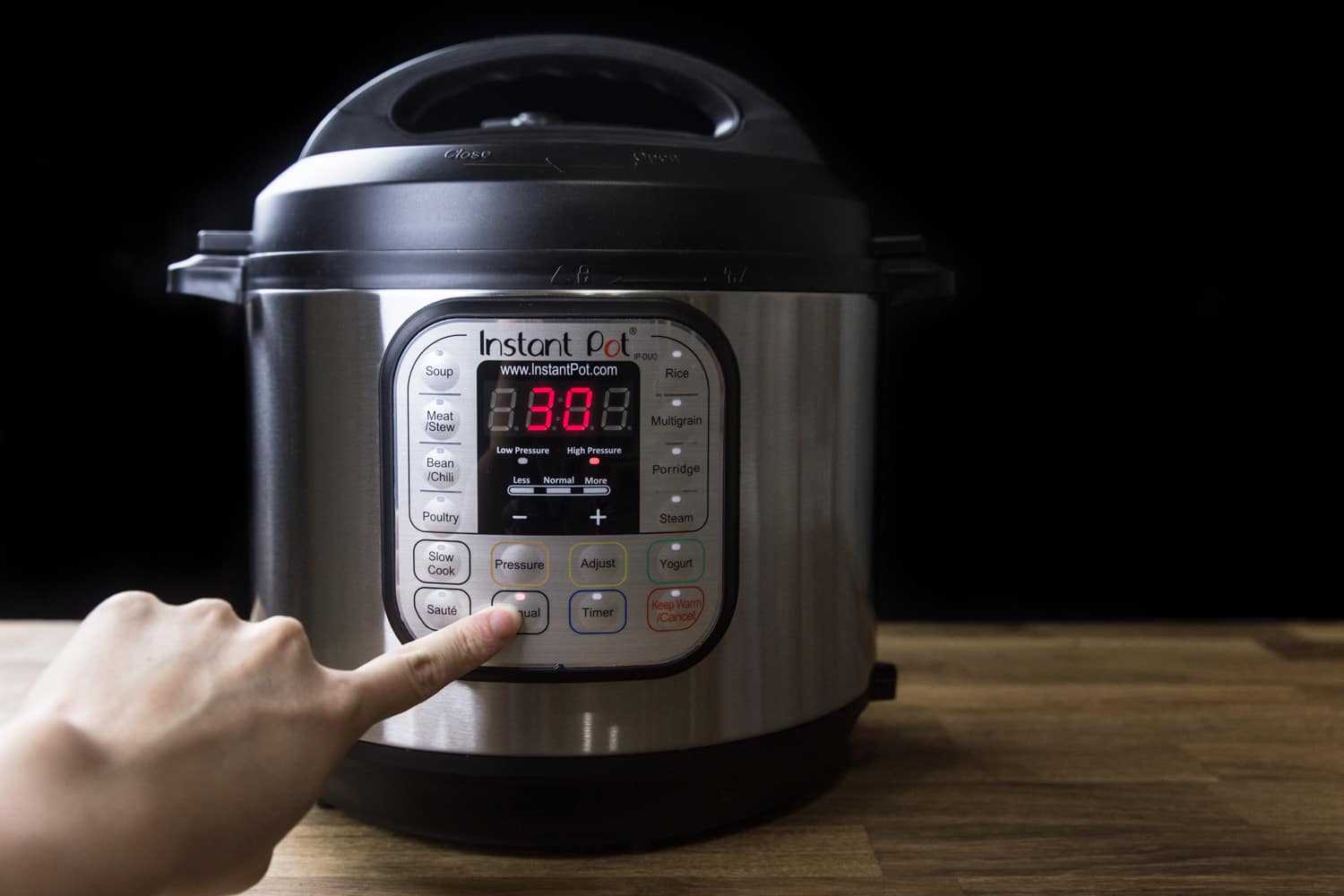
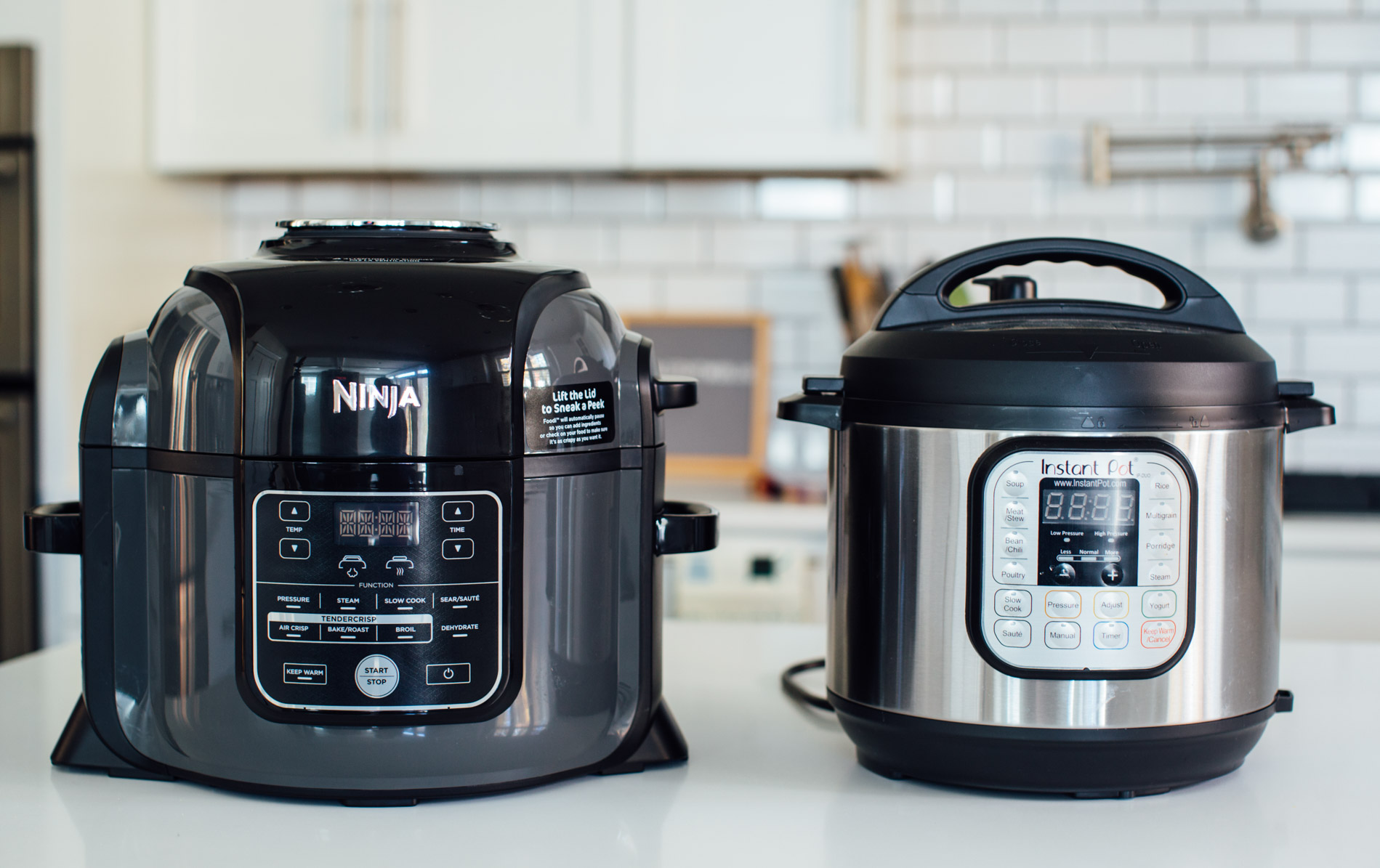
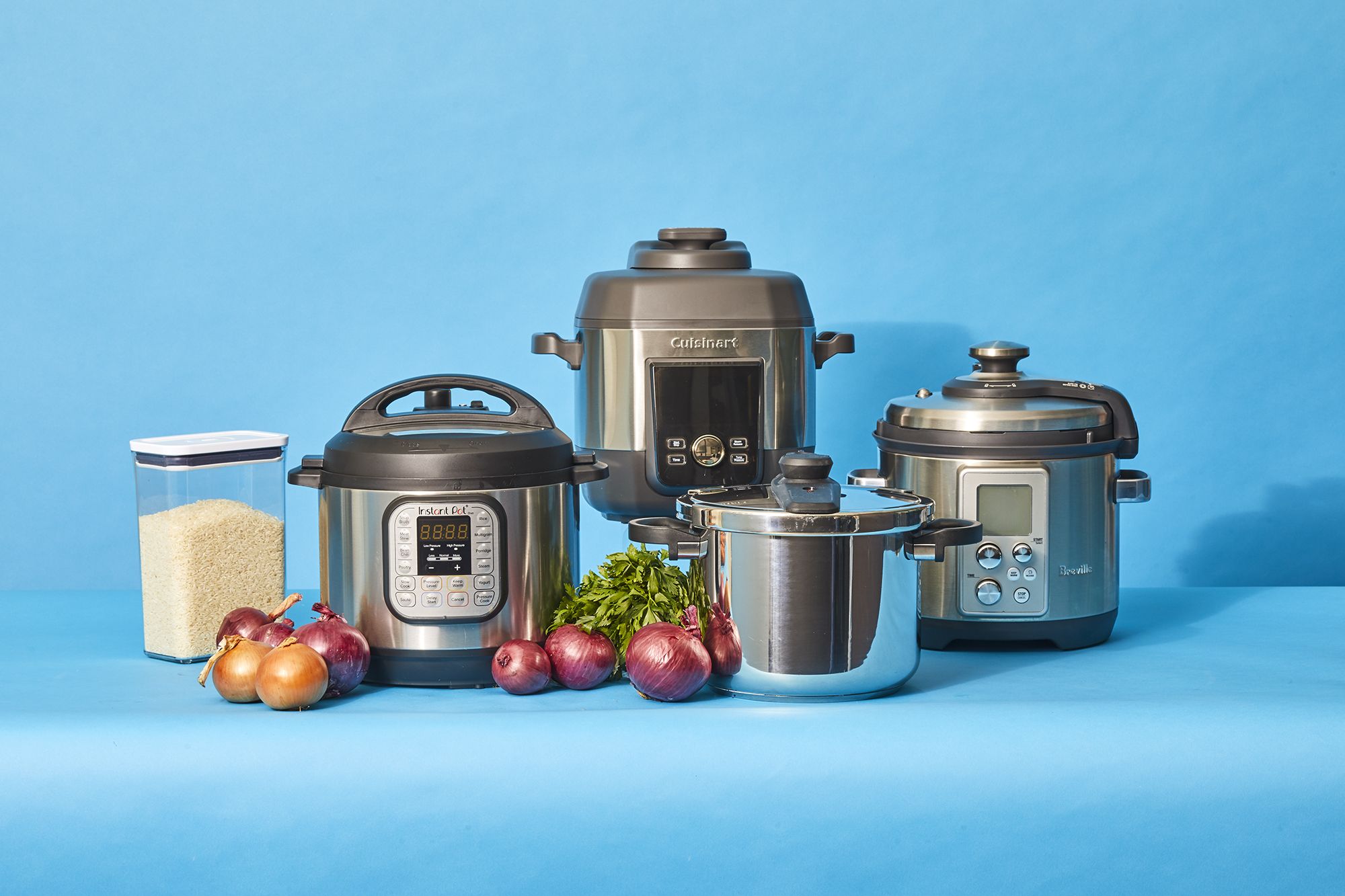
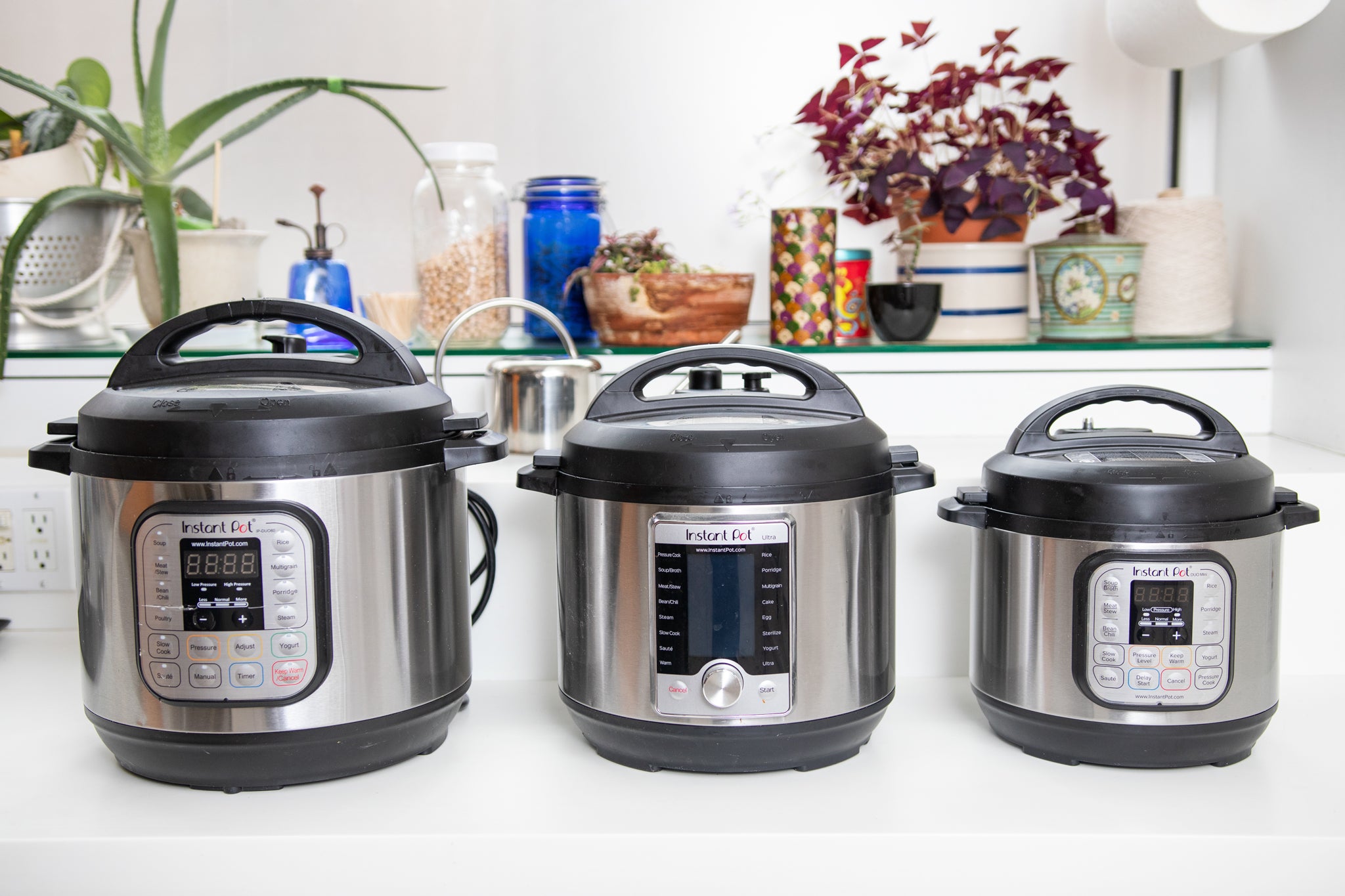
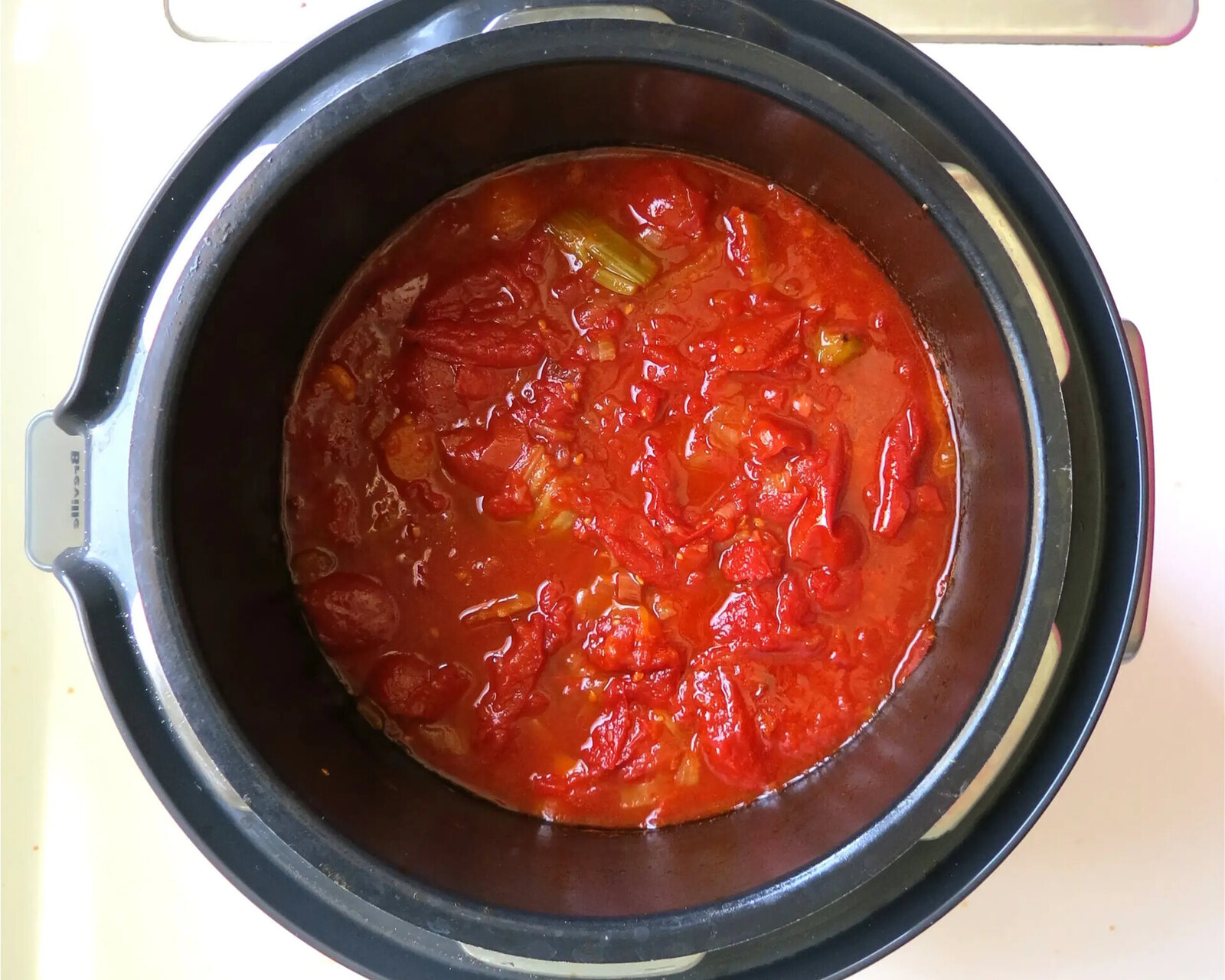
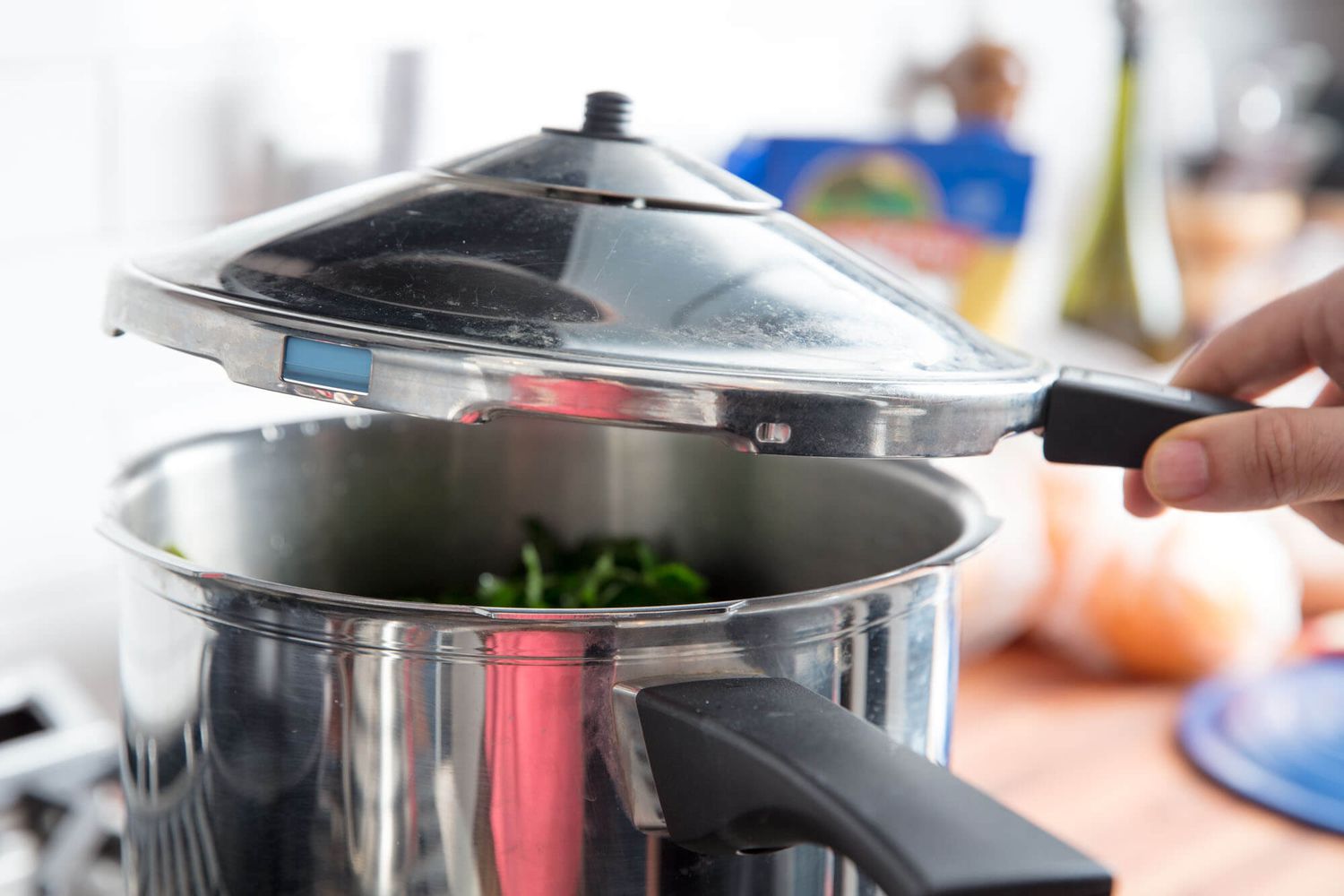
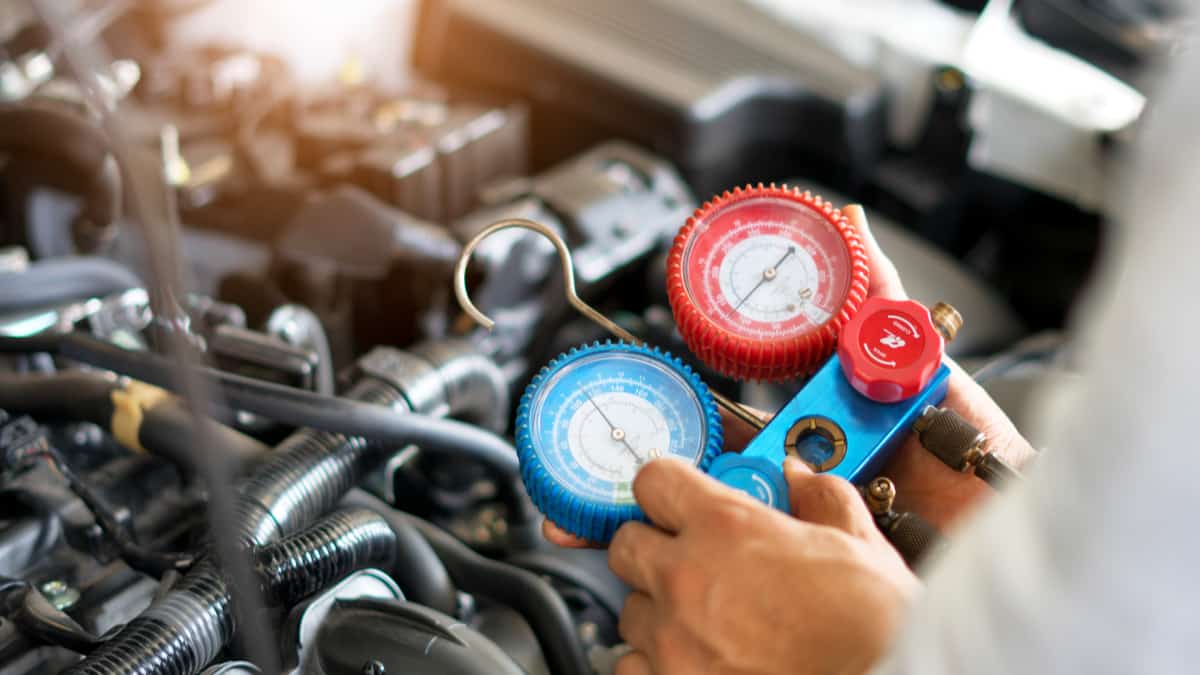
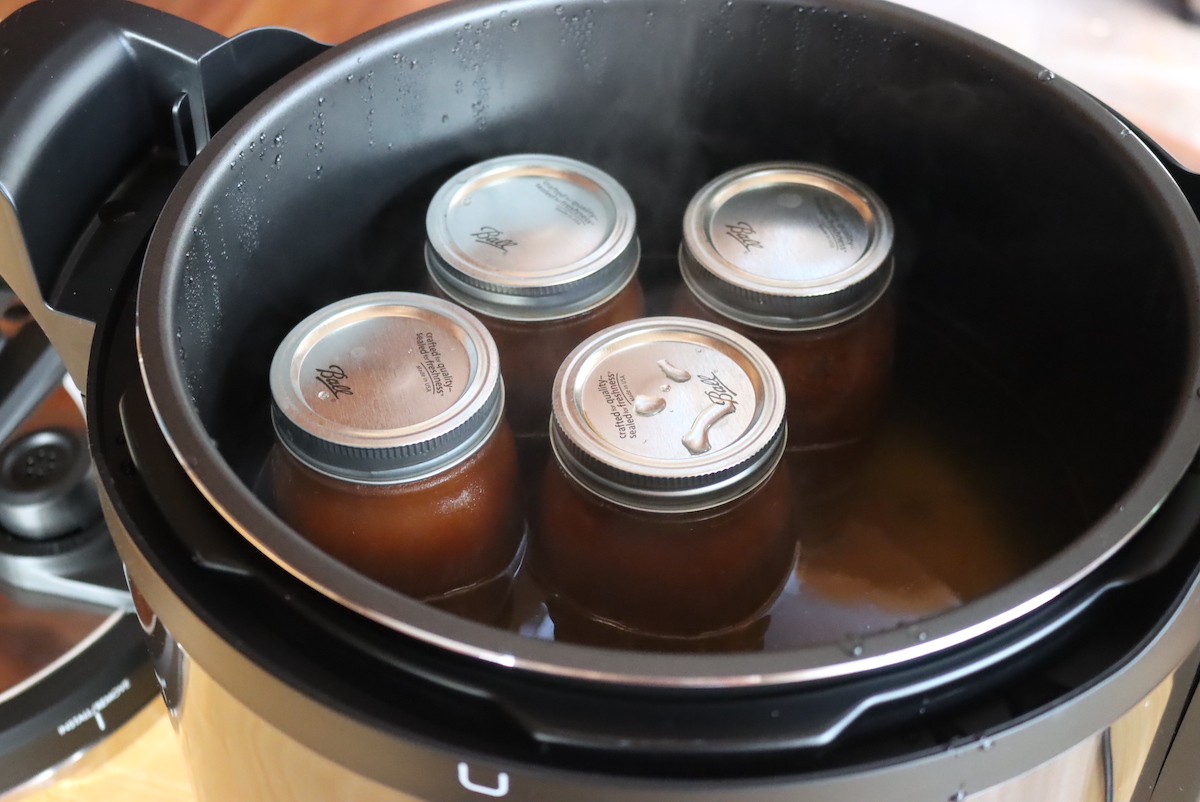
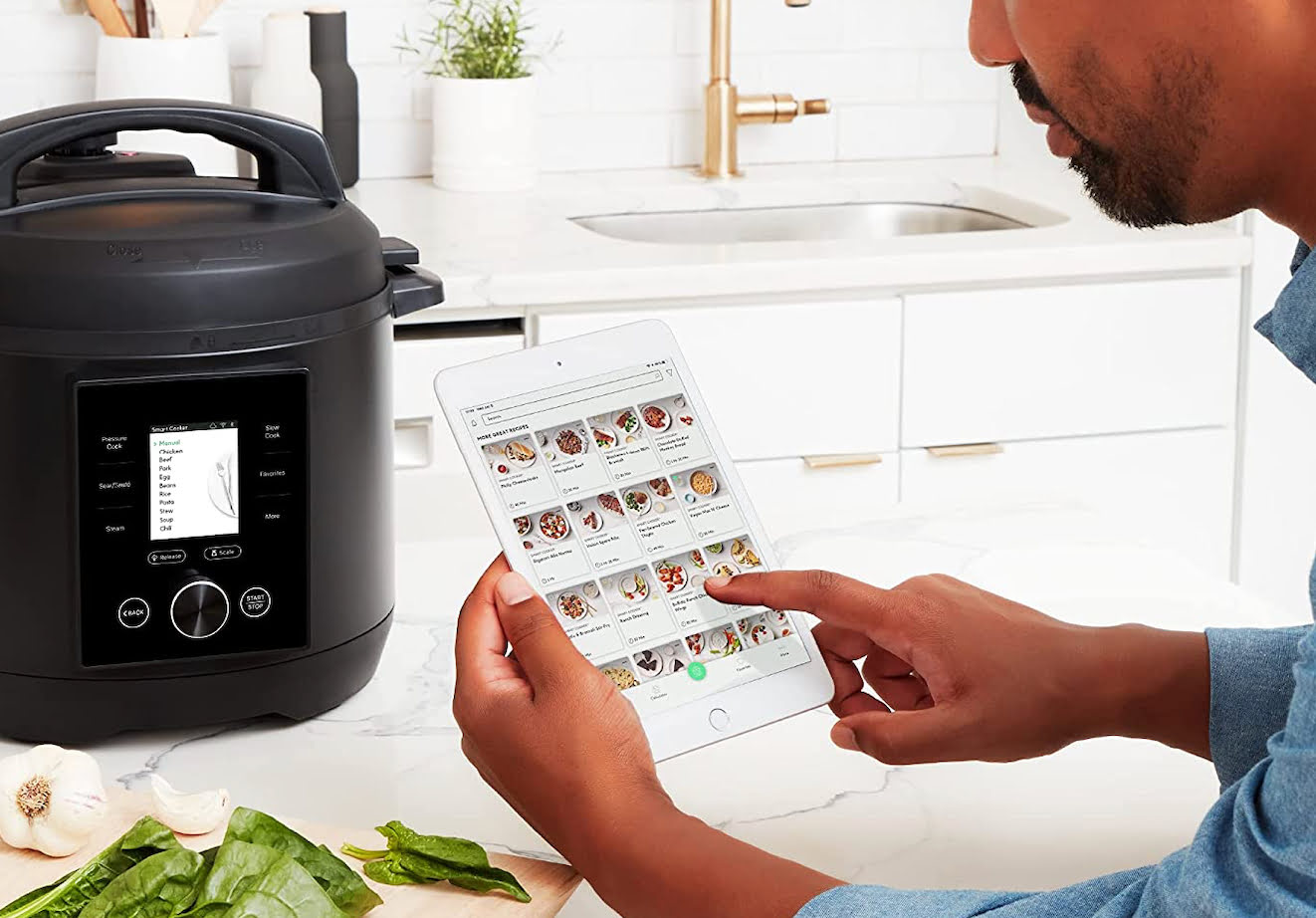
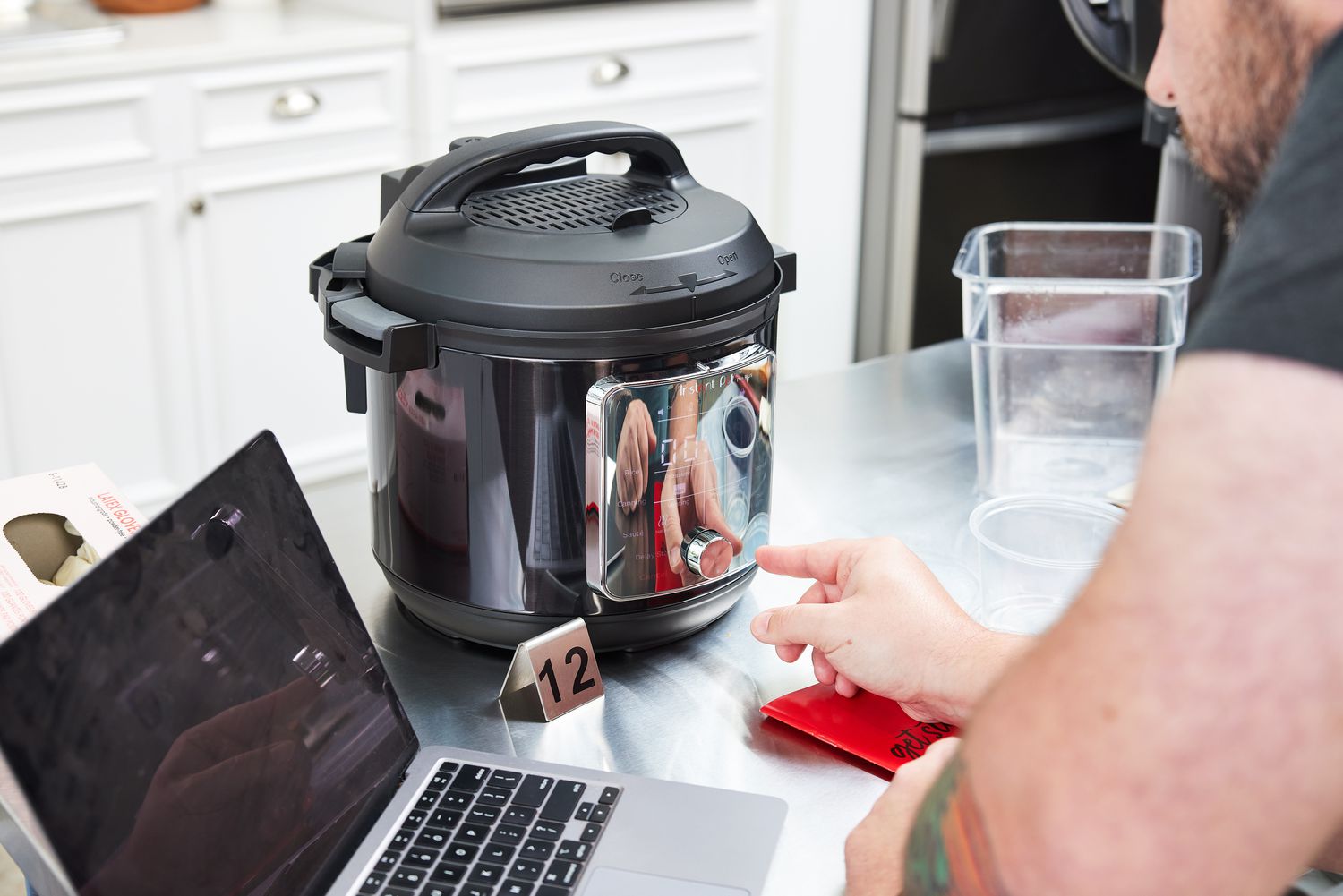
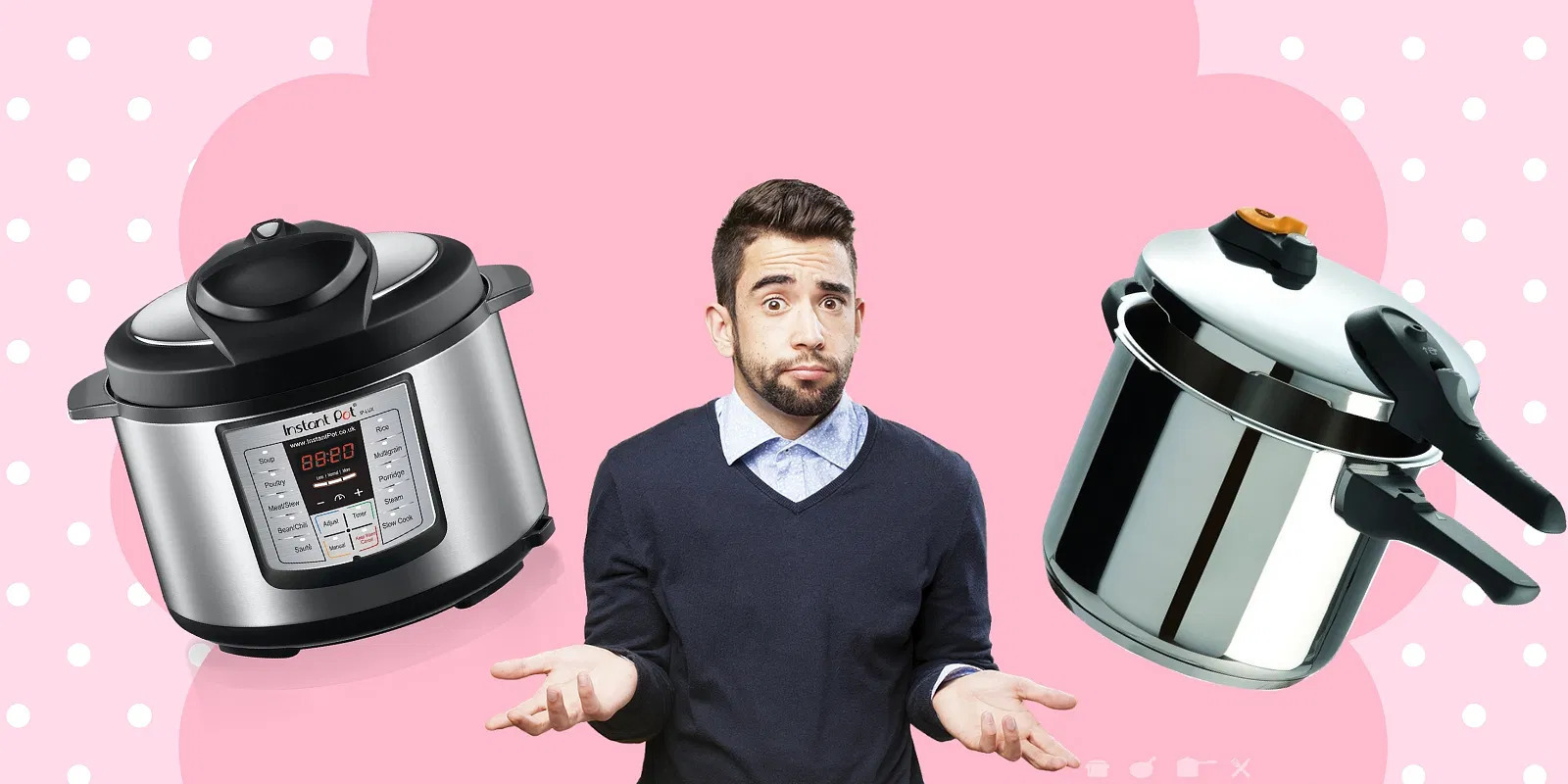
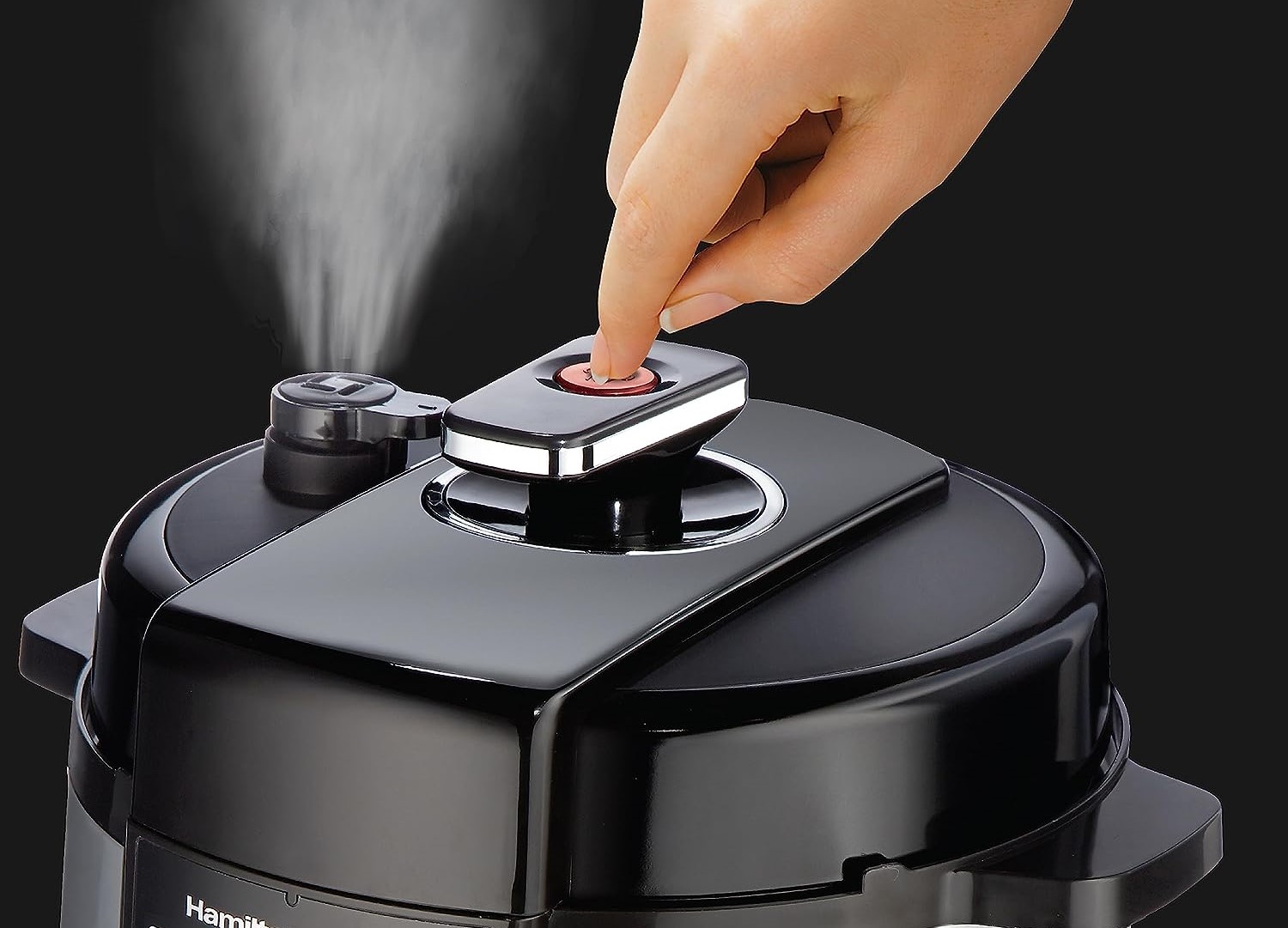

0 thoughts on “What If Electric Pressure Cooker Is Too Full”